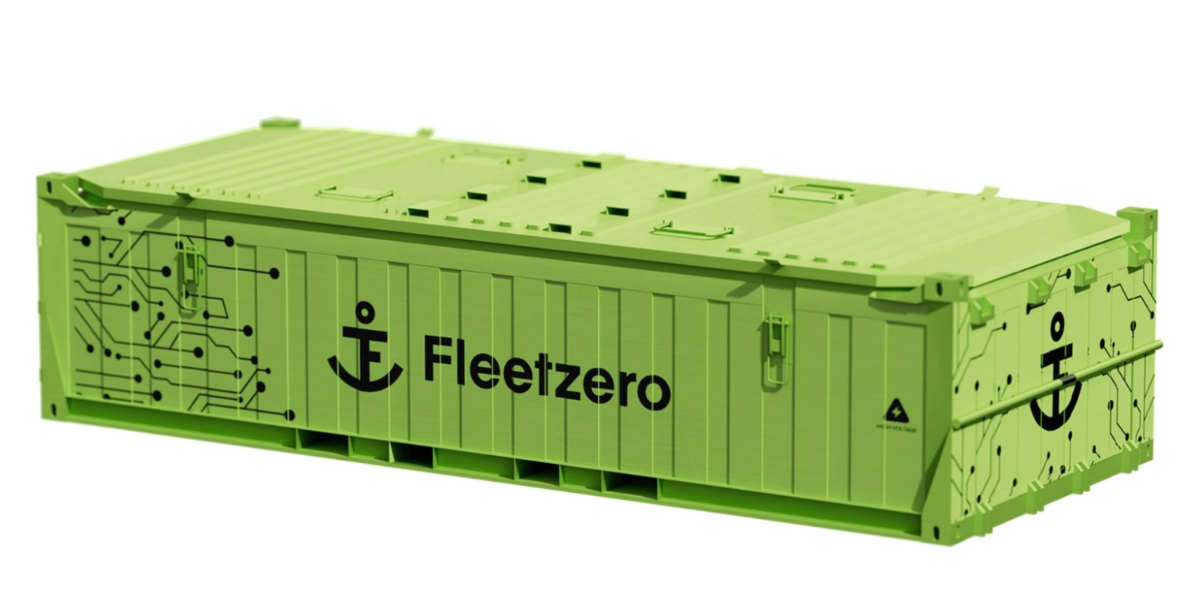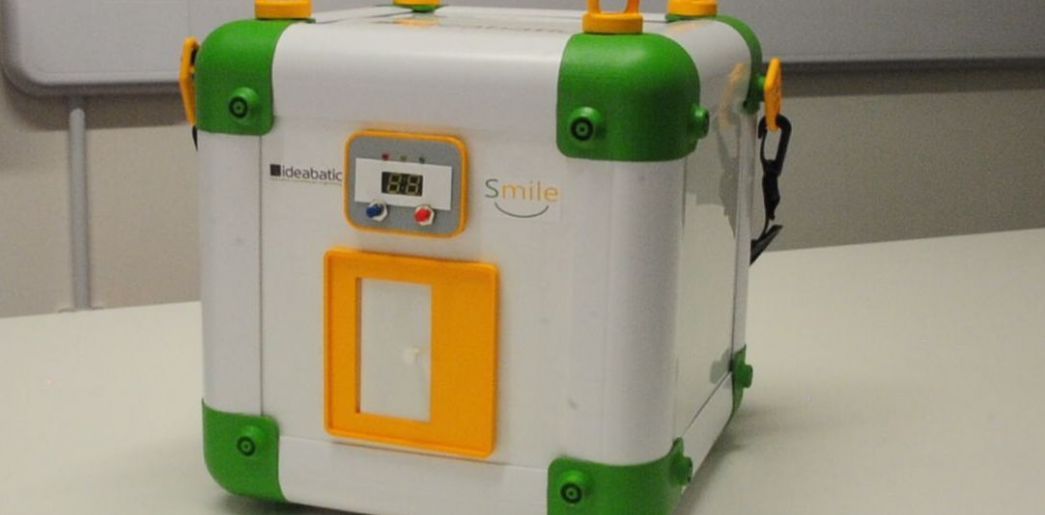AWARD YEAR
2023
CATEGORY
Community
GOALS
Affordable & Clean Energy, Decent Work & Economic Growth, Industry, Innovation & Infrastructure
KEYWORDS
Shipping, electric vessels, shipping infrastructure
COUNTRY
United States of America
DESIGNED BY
Steven Henderson and Mike Carter
WEBSITE
https://www.fleetzero.com/
Fleetzero
Fleetzero is building a fleet of electric ships to deliver cargo for our customers.
How does it work?
Fleetzero is designing electric vessels that would be powered by electric batteries that would be swappable through a plug-in vessel. The idea is: more and smaller ships use fewer batteries to move the same amount of cargo, assuming you have intermediate ports to make the swap network flexible. Plug-in vessels won’t work partly because they carry a lot of batteries (leading to under-utilization), but also because dockside charging may not be available.
Since batteries are the most expensive part of electrifying a ship, efficiency lowers the fleet buy-in cost by a huge amount. But of course this approach also requires charging infrastructure at ports that may not have it. Fleetzero’s approach, which seems obvious in retrospect, is to make the ship’s batteries as portable as its cargo — by putting them in shipping containers.
Why is it needed?
Fleetzero believes that its solution will not only be cleaner, but cheaper to operate. The reasons for this start with the surprising (to lubbers) fact that transoceanic shipping doesn’t necessarily just go “straight” across the ocean; from Eastern Asia to West Coast ports, it’s almost as direct (and potentially less risky) to follow the coast much of the way. It looks much longer but due to the curvature of the Earth it’s actually not — and you have the benefit of being close to land to resupply or make deliveries on the way.
If you don’t have to travel several thousand miles uninterrupted, battery-powered shipping starts to make a lot more sense, and actually it’s just one of several puzzle pieces that fit together to form a potentially transformative picture.
“The weird economics of this is that the more ships you have, and the more stops you have, the lower your cost is. The key is to make the batteries swappable — this wouldn’t work for a plug-in vessel,” said Henderson.
How does it improve life?
This model also enables the idea of having frequent pit stops for ships where they can drop off depleted batteries and pick up just enough new ones to get them to their destination, like building a network of charging stations along highways. The local governments and port managers at these smaller locations are, perhaps needless to say, enthusiastic about the idea of bringing in new and regular business.
So: Using portable, container-sized batteries makes medium-distance travel in medium-size ships practical, which activates smaller ports, which can act as charging stations without too much investment, reinforcing the network and driving the cost of fleet operations down — making battery-powered shipping competitive with and perhaps even cheaper than traditional gas-driven vessels - electrifying shipping at this scale would benefit fleet owners, port operators, logistics companies and, last but not least, the planet.







